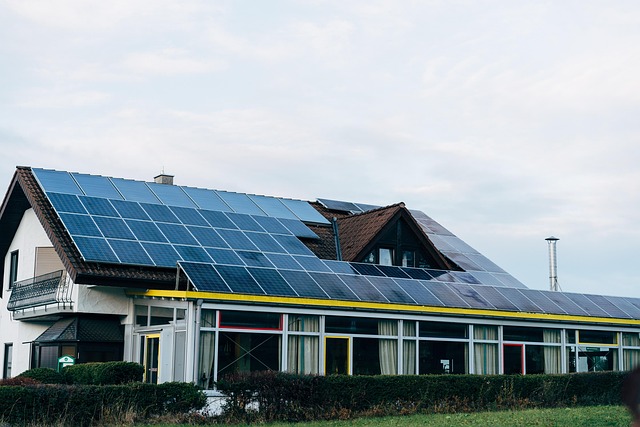The Future of Housing: Understanding Prefabricated Homes
Prefabricated homes represent a revolutionary approach to residential construction, combining modern engineering with efficient manufacturing processes. These innovative structures are built in controlled factory environments and then transported to their final location for assembly, offering a blend of quality, sustainability, and cost-effectiveness that traditional construction methods often struggle to match.

Exploring Solar Integration in Modern Prefab Homes
Many contemporary prefab homes come with built-in solar capabilities, making them increasingly energy efficient. Solar panels can be pre-installed during the manufacturing process, ensuring optimal placement and integration with the home’s electrical systems. This forward-thinking approach to energy management helps reduce long-term operating costs while minimizing environmental impact.
Popular Prefab Home Styles: From Bungalows to Modern Designs
Prefabricated homes come in various architectural styles, with bungalow designs being particularly popular. Single-story prefab bungalows offer excellent accessibility and efficient space utilization, while modern designs can include multiple stories with innovative features like floor-to-ceiling windows and open-concept layouts. The versatility of prefab construction allows for customization while maintaining structural integrity.
Understanding Prefab Home Costs and Options
| Home Style | Average Size (sq ft) | Estimated Base Cost |
|---|---|---|
| Basic Bungalow | 800-1,200 | $80,000-150,000 |
| Modern Single-Story | 1,200-1,800 | $150,000-250,000 |
| Two-Story Prefab | 1,800-2,500 | $250,000-400,000 |
| Luxury Prefab | 2,500+ | $400,000+ |
Prices, rates, or cost estimates mentioned in this article are based on the latest available information but may change over time. Independent research is advised before making financial decisions.
Benefits and Considerations of Prefab Housing
Prefabricated homes offer several advantages, including shorter construction timelines, reduced waste, and often lower overall costs. However, potential buyers should consider factors such as transportation logistics, local building codes, and foundation requirements. The initial planning phase is crucial, as changes become more difficult once manufacturing begins.
These innovative housing solutions continue to evolve, incorporating new technologies and sustainable practices while maintaining their core benefits of efficiency and quality control. As housing demands change and environmental consciousness grows, prefabricated homes are positioned to play an increasingly important role in residential construction.






